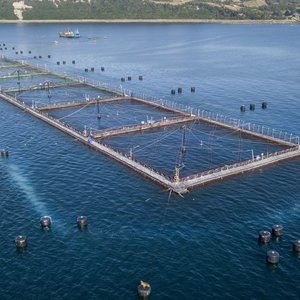The EU supported project FISHBOOST have concluded establishing a solid knowledge base and developing tools and techniques to advance selective breeding to the next level for the six main finfish species in European aquaculture, Atlantic salmon, rainbow trout, gilthead seabream, European seabass, turbot and common carp. In line with other factors such as improved fish nutrition and health, selective breeding is a way to improve aquaculture production.
An important goal was to enhance the innate protection against fish diseases in farmed species. Especially for this group of traits, FISHBOOST partners have developed genomics tools and techniques for improving breeding programs such as RAD sequencing technology to genotype cheaply and create methods to reduce genotyping costs for genomic selection, by pooling DNA from individuals with extreme phenotypes in the reference population. These results may lead to wider scale implementation of genomics in aquaculture breeding programs with the ultimate aim to reduce disease incidences.
For production traits, focus has so far been to develop tools that record production traits indirectly. This is done by recording morphological traits of fish on live fish, for example fillet yield and lipid percentage. This is important to increase genetic gain for these traits in the breeding programs, and it contributes to improvement of the human use of animals for research purposes (3R) in the European aquaculture industry.
Software has been developed for fish breeders to manage inbreeding in the selection and mating steps in a breeding program. Other software selects strains or individual fish in strains to form a base population for breeding.
Bio-economic models have been developed for the FISHBOOST species. These models can be used to calculate economic values for production efficiency traits, in order to select for the most important traits under different production systems. The results can also be used to quantify the effectiveness of breeding in an aquaculture production system.












